1930-1939
1930, fire department budget for 1930-1931:
Rent $180.00 Supplies $25.00 Fire Calls $180.00 Firemen exempt poll tax $44.00 Firemen exempt street tax $66.00 Truck Keeper 24.00 1930, contract awarded for construction of municipal building at corner of Brooks and Owen streets. Basement includes garage for fire department. (August 8, 1930)
Rent $180.00 Supplies $25.00 Fire Calls $180.00 Firemen exempt poll tax $44.00 Firemen exempt street tax $66.00 Truck Keeper 24.00 1930, contract awarded for construction of municipal building at corner of Brooks and Owen streets. Basement includes garage for fire department. (August 8, 1930)

1933, J. L. Taylor appointed Fire Chief. (May 4, 1933)
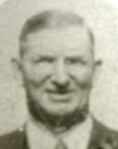
1933, The "Fire Bug" Years begin in Wake Forest. Over the next couple of years, several buildings on Wake Forest College Campus and around town are burned from an unknown arsonist. The fires make national news and the arsonist is never found. In 1934, after an attempt to burn Alumni Hall, groups of students formed patrols and were paid 25 cents an hour to work from 7pm-7am. One night, a suspicious person was caught in Alumni Hall around 2am and was brought in for questioning. He was a student of WFC and his story did not add up. However, having no tangible evidence, the student was released and left enrollment at WFC the next day.
1933, Walt Hall at Wake Forest College destroyed by fire. Administration building of school burns about 3:00 a.m. Building, valued at about $150,000, is oldest at college, constructed in 1835 of brick manufacture red locally by slaves. Both the local fire departments and special detachments from Raleigh and Louisburg fight fire.. (May 5, 1933)
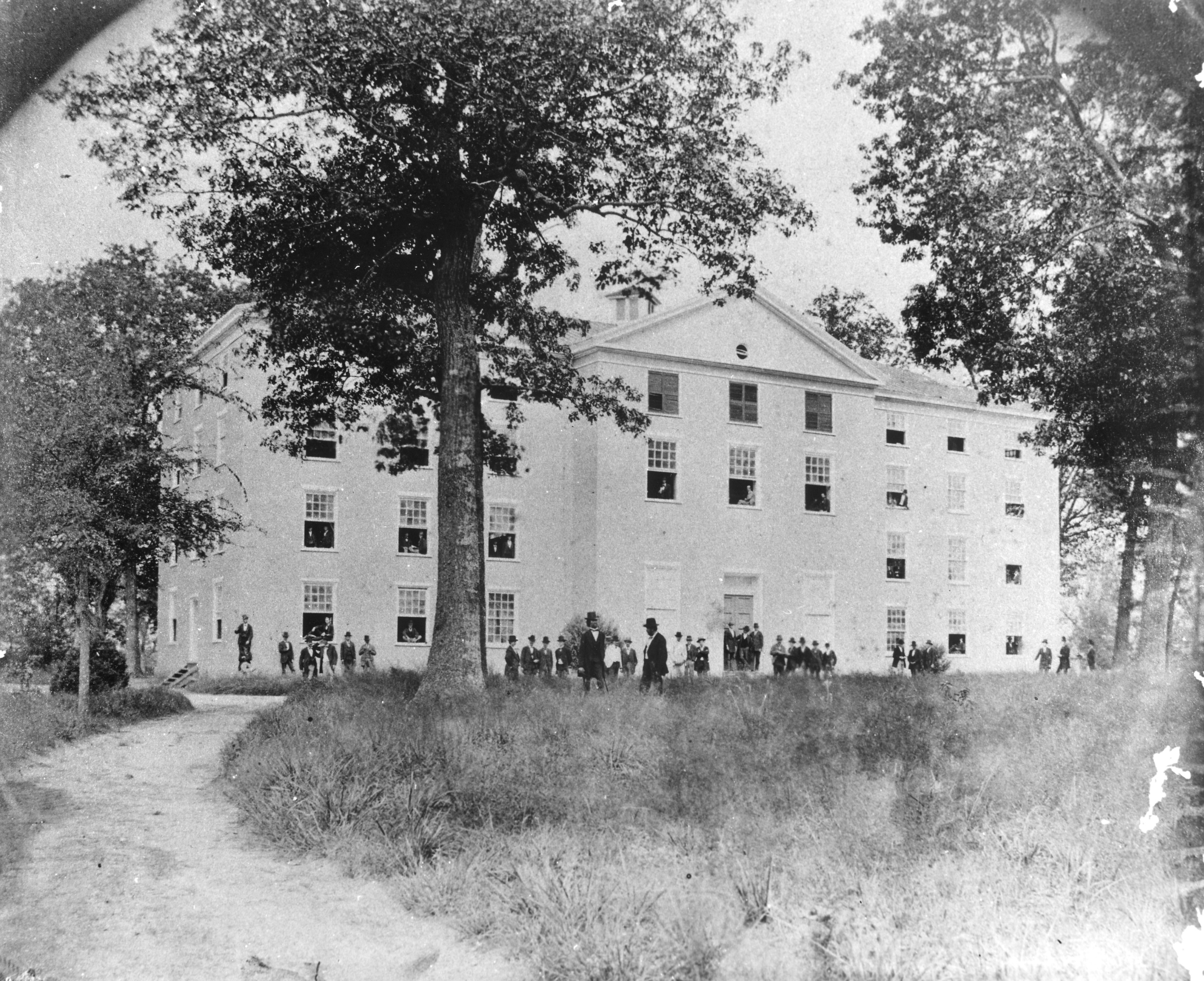 |  | 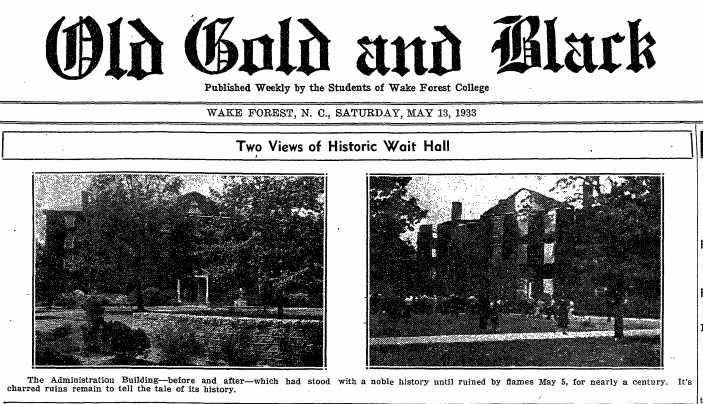 |
1933, high school building destroyed by fire. Fire starts shortly before midnight. Loss is estimated at $60,000. Blaze is well beyond control when discovered. Efforts of local firefighters are futile. The building was believed locked and unoccupied at the time of the fire.. (May 31, 1933)
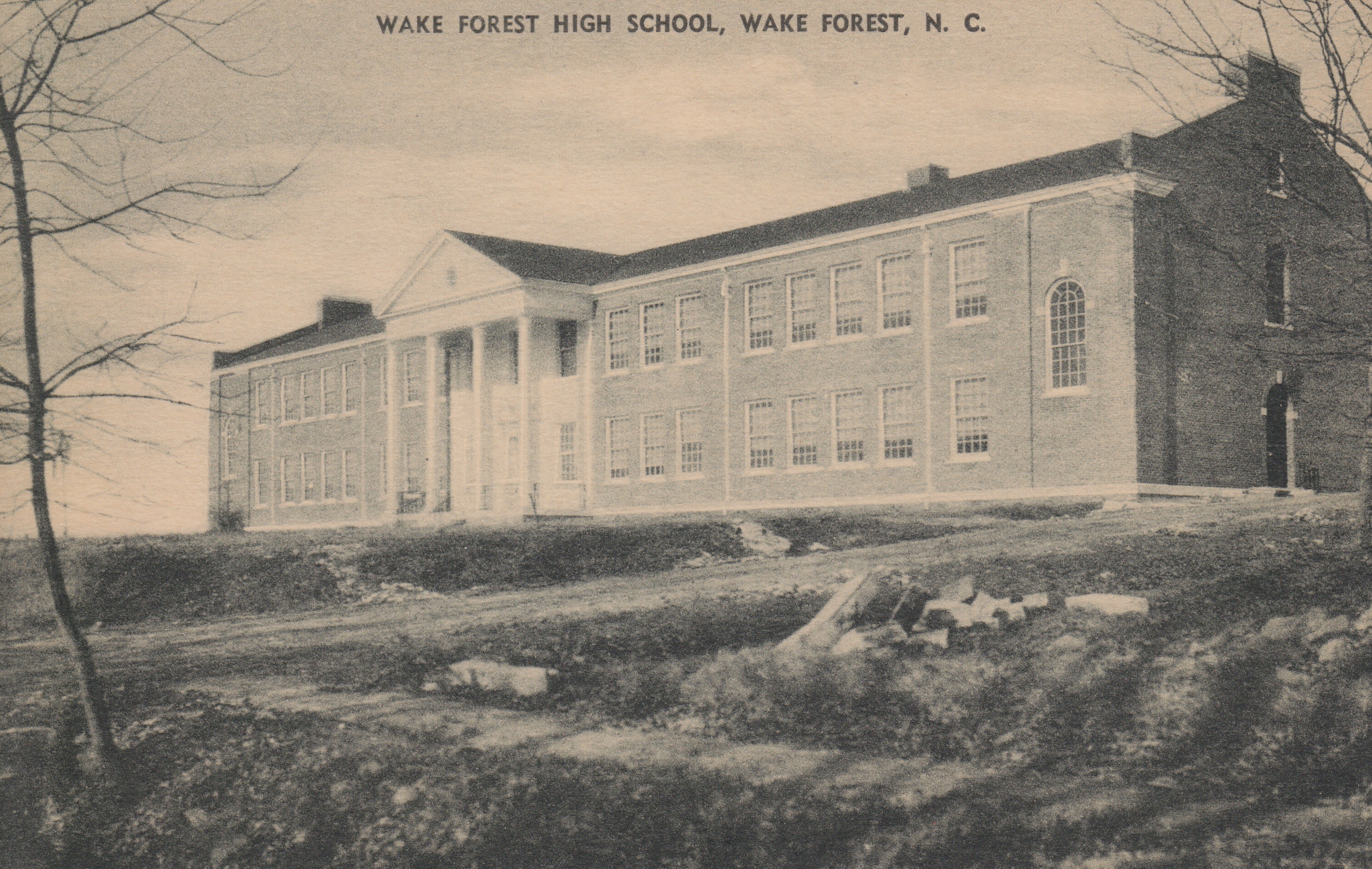
1934, Wingate Hall at Wake Forest College destroyed by fire. Blaze is discovered about 2:00 a.m. and has gained enough headway that combined efforts of Wake Forest and Raleigh fire departments cannot save the structure. Damage is estimated at approximately $65,000. Wingate Hall is the College's oldest building, as its first building, Walt Hall, burned down last spring. (February 14, 1934)
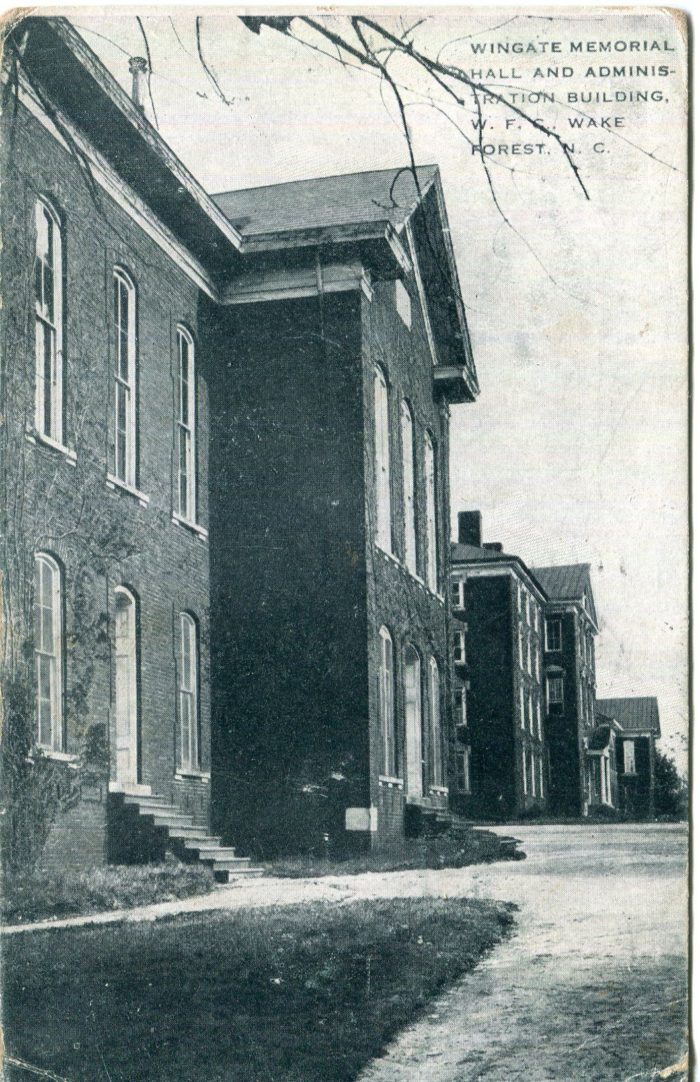 |  | 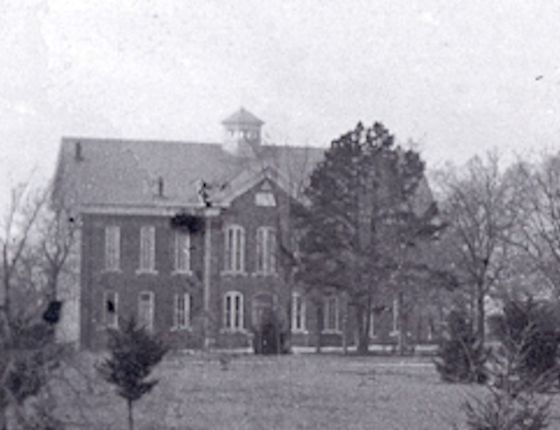 |
 1934, Hunter Dormitory at Wake Forest College suffers suspicious fire. Wad of burning paper found stuffed under the floor at the south end of the building at 3:00 a.m. (February 21, 1934)
1934, Hunter Dormitory at Wake Forest College suffers suspicious fire. Wad of burning paper found stuffed under the floor at the south end of the building at 3:00 a.m. (February 21, 1934) 1934, Wake Forest Golf Club clubhouse burns. Building is destroyed in early morning fire and believed of incendiary origin. (March 2, 1934)
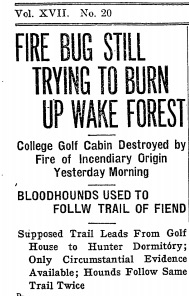
1934, "Fire Bug" attempts to set fire to the Alumni Building on Wake Forest College Campus. The fire was discovered and extinguished before any major damage. (April 26, 1934)
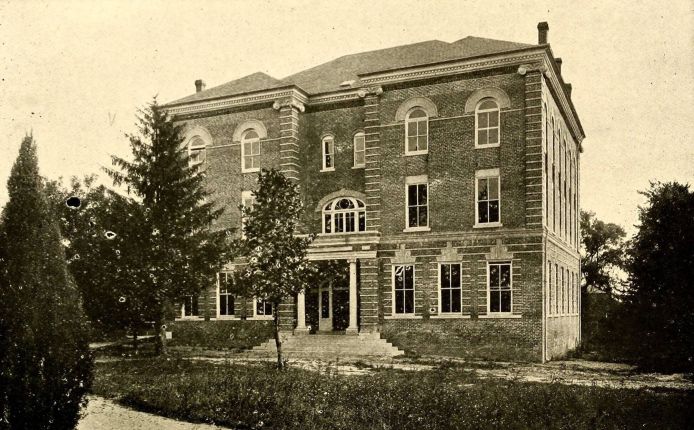
1934, Town Board begins discussions of purchasing fire truck with Barton pump, 500 GPM, on Chevrolet chassis. (October 20, 1934) tm
1935, Town Board reports that Wake Forest College has agreed to pay one-half of net amount of firefighting equipment. Mayor and Fire Chief authorized to purchase fire truck with Barton Pump, 400 GPM, on Chevrolet chassis. Cost $1524.68. (February 16, 1935)
1936, Sanborn Fire Insurance map update dated October 1936 summarizes fire department as "
1937, Town Treasurer instructed to pay firemen's per capita tax in sum of $16.50. (December 2, 1937)
1937, Town Board appoints committee to investigate cost of constructing both a steel box to store rubber boots, coats, and other "wearing apparel" and a rack for hose for the fire truck. (December 2, 1937)
1935, Town Board reports that Wake Forest College has agreed to pay one-half of net amount of firefighting equipment. Mayor and Fire Chief authorized to purchase fire truck with Barton Pump, 400 GPM, on Chevrolet chassis. Cost $1524.68. (February 16, 1935)
1936, Sanborn Fire Insurance map update dated October 1936 summarizes fire department as "
- Volunteer
- One chief, one assistant chief, and 27 men
- No paid men on duty
- One station
- One Chevrolet truck, 1935 model, equipped with Barton pump, capacity 400 gallons per minute, one 150 gallon booster tank with 200' 1 1/2" hose and 1,200' 2 1/2" hose
- 800' 2 1/2" hose in reserve on rack
- Gamewell fire alarm system. 13 boxes. Alarm is sounded by electric siren
- Fire alarm headquarters located in Town Hall. (brick building). Alarm in each fireman's home."
1937, Town Treasurer instructed to pay firemen's per capita tax in sum of $16.50. (December 2, 1937)
1937, Town Board appoints committee to investigate cost of constructing both a steel box to store rubber boots, coats, and other "wearing apparel" and a rack for hose for the fire truck. (December 2, 1937)
